Tablexia is a modern educational application aiming to support the development of cognitive abilities. It is designed primarily for children with dyslexia in secondary schools. It should find its use in schools to supplement the standard teaching, as well as in pedagogical-psychological counseling offices and other counseling facilities for pupils with learning difficulties.
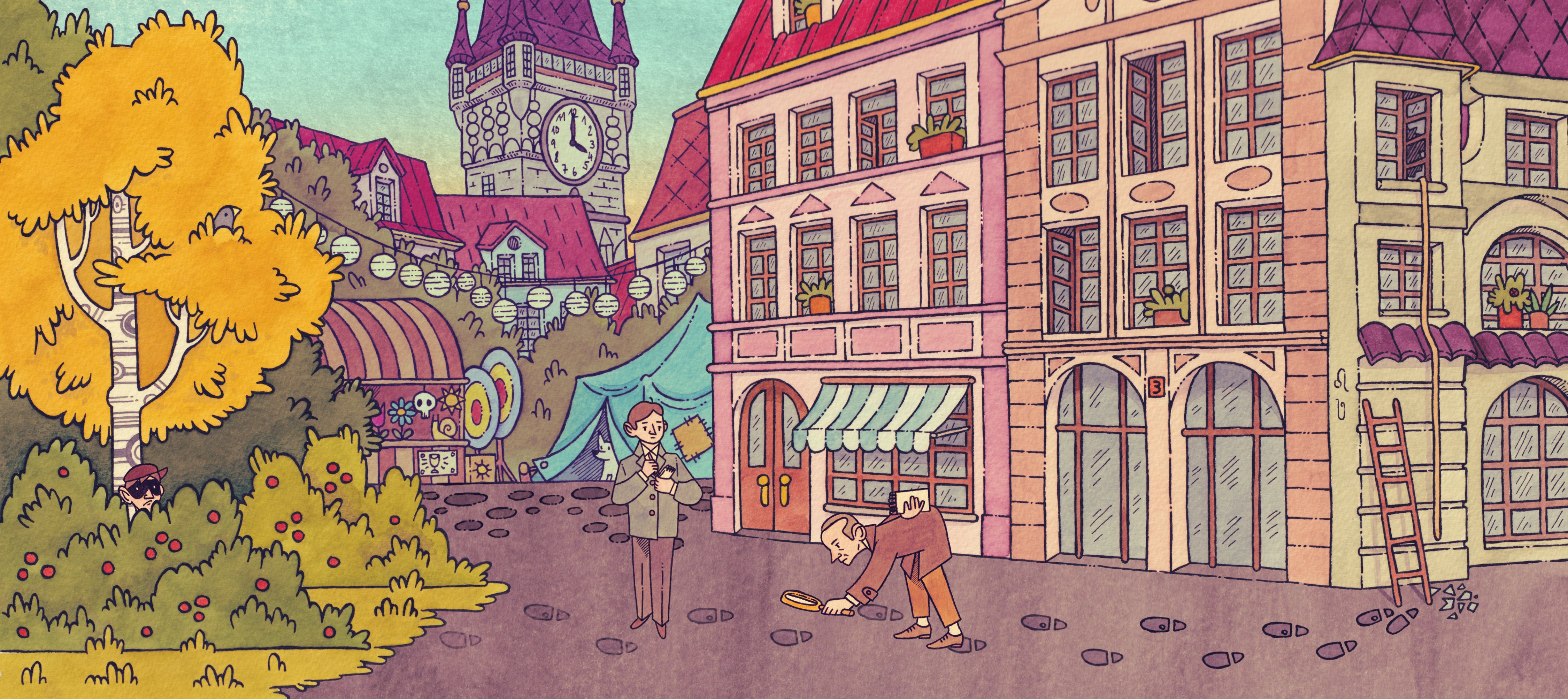
Tablexia currently consists of ten games, each of which focuses on the training of one cognitive ability. In the individual games, the players train their working memory, auditory perception, spatial orientation, visual memory, attention, visual and auditory seriality, visual discrimination, auditory memory and verbal skills. The games are interconnected by attractive mystery theme and the application environment evokes the atmosphere of the 1930s. The player plays the role of a young detective who under the supervision of his older colleagues practices the skills required for this demanding profession.
The Tablexia app was created in the CZ.NIC Association. It is developed by a team of young people from the CZ.NIC Laboratories. In this team, there are three programmers Václav, Matyáš and Luboš, illustrator Aneta, students of psychology Andrea, Karolína and Jana, graphic and UX designer Jakub. We consult with psychologistDr. Lenka Krejčová, Ph.D. z DYS-center Praha o.s. , who specializes in specific learning disabilities, and Mgr. Cyril Brom, Ph.D. from MFF UK, who deals with topics from the field of artificial intelligence, cognitive modeling, computational neuroethology and educational effects of research simulations.
The Tablexia’s main difference from other programs and applications, which support cognitive development, is that it focuses on a very specific target group. The application is designed for children with dyslexia at secondary school. At primary school, children must learn a lot of skills they will need throughout life and are crucial for further learning. Children with dyslexia are therefore given most attention at this age. However, it happens that when children enter secondary school, they meet with much less understanding and support for their difficulty, even though these children need to practice their skills further. In addition, there are currently significantly fewer applications and possibilities for secondary school children to train their cognitive abilities in an appealing way. For this reason we have decided to aim our application at secondary school children.
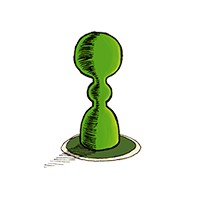
We based our games on the latest knowledge on dyslexia and the real problems of people with this difficulty. Because dyslexia manifests itself differently in each individual (different abilities and skills may be weakened, others may be strong enough, but the individual always faces difficulties in reading and writing), it was our goal to make each of the games focus on a specific area of cognitive abilities, although we took into account that this is a complex whole that cannot be ever completely split. As a result, individuals with dyslexia may focus only on those areas that present greatest difficulties to them, in accordance to their needs. Tablexia covers all ten identified cognitive areas.
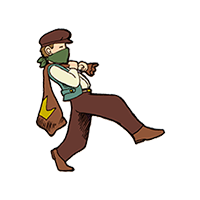
If we perform an activity that requires retrieving information and working with several different pieces of knowledge at the same time, we use our working memory. Pupils need this memory for example when calculating more complex mathematic problems from memory, writing a dictation, or taking notes during class. In The Robbers, the working memory is trained by the necessity to remember the principle by which the player will recognize the robber. It looks like this: “The robber comes after a man in a blue shirt and will be wearing green pants.” While watching a number of people entering the door, the player must apply this rule correctly and catch the robber accordingly.
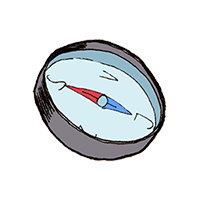
Some people may say that with all the GPS navigations we’ve got today a sense of direction is no longer necessary. However, not only we can easily wind ourselves in a situation without these conveniences, but spatial memory has far greater use than just to navigate. With good spatial orientation it is not only harder for us to get lost, but we can also better remember where we have parked our car or put our things, or we can better describe the way to someone else. In The Chase, the detective is tasked to put together a tattered map and properly connect its pieces. The demand is thus placed also on spatial imagination. The results will then show the number of moves and time, so proper planning of moving the pieces plays a role as well.
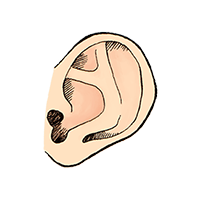
With the development of speech in childhood we learn to distinguish the so-called phonemes. These are the basic “sounds” that are typical for every language. As adults, we are much better in perceiving these phonemes than those we have never heard before. Typical symptoms of dyslexia include weakened phonemic awareness (i.e. being aware of the sounds in words, the ability to manipulate them, to differentiate similar sounding sounds etc.). This can be disadvantageous not only in conversation in a foreign language, but also in distinguishing similar words in our own language (e.g. luk - lek - lak - lok) and in proper writing of words. In the Kidnapping game, the player can train auditory discrimination, auditory analysis and synthesis and phonological manipulation on nonexistent words that contain phonemes of the Czech language. The detective heard these words when the kidnappers drove him blindfolded through the city.
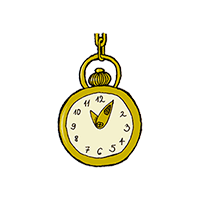
Visual memory is a type of short-term memory, which processes the information seen. Visual memory is not only an important part of the process of perception and preservation of read information in our mind, but it also contributes to its retrieval and reproduction. With the help of visual memory, pupils can recall what text was written in the textbook, what was underlined, or what picture accompanied the text. The better our visual memory, the easier for us to learn. In The Sentinel game, the training is done in the form of observing the night den of robbers. The detective must in several sequences remember two pieces of visual data, namely, at what time and which window is lit up. Then the detective must reproduce this information.
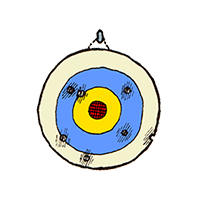
Attention, such as the ability to focus on a specific activity, persevere with it, perceive relevant information and exclude the irrelevant, is something we use almost constantly. Lack of concentration causes that individuals with dyslexia are unable to concentrate on the given task and therefore the work takes them much longer, or they are not able to perform adequately. At the shooting range, the detective always has one minute to shoot at flowers of a certain type and color. However, those will vary randomly, which complicates the game. Meanwhile, boxes appear on the range and when the players shoot them, they might gain either a nice bonus or a sneaky complication.
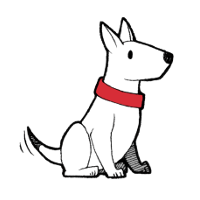
If we are asked to describe to someone how we do something, we must use seriality. It is a succession, or a skill to determine the exact steps on how to perform a certain activity without forgetting anything. Weakening of exactly this ability sometimes accompanies dyslexia. We can improve our seriality skills by training. In the game “In the Dark” the player assumes the role of a robber who must plan in advance how exactly he will pass through the house to the safe full of money. On the way through the dark house he will meet many obstacles in the form of turns, closed doors or watchful guard dogs.
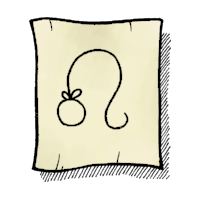
Visual discrimination is similar to auditory discrimination. Weakening of visual discrimination may cause the confusion of similar looking symbols and signs, which may lead to difficulties in reading and writing letters resembling each other such as b/d/p, u/n, a/e/o, s/z etc. Just like auditory discrimination, however, visual discrimination can be practiced. In the Symbols game, the detective’s task is to find the correct thief symbols on surrounding houses within a time limit.
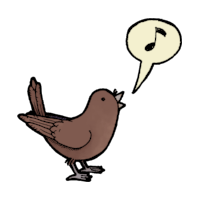
Auditory memory is a type of short-term memory that we need, for example, in the event that somebody on the phone is dictating us a shopping list or their telephone number. To better remember what we heard, we can use different strategies. One of them is visualization, which means that we imagine what we hear, or we create a symbolic representation of it in our imagination, like using colors, shapes, etc. Auditory memory can be practiced using the game called The Crime Scene, where it is necessary to remember the movement of a robber over the crime scene by listening to an audio recording.
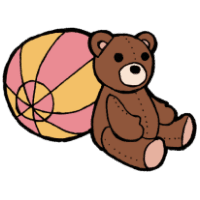
The word “verbal” refers to speech, thus everything that relates to these abilities is related to our speaking. An important starting point for good verbal abilities is a rich vocabulary. We gain vocabulary by reading, going to the theater, watching movies, talking to other people, telling each other something, etc. Or also by using the game Protocol where the detective has to return the stolen items back to their place exactly according to the protocol.

Seriality can be described as the process of determining the course of working on a particular task or the way of solving it. It can be divided into visual and auditory seriality when we capture the process of what we are talking about, what we hear. Often, however, we need both in order to be able to describe our thought processes, which we neither see nor hear. Therefore, after the game In the Dark comes the game Secret Code. The task of the detective is to listen carefully for the sounds of the secret code, to decipher it and to add the last remaining sound.

Another game training spatial orientation. Due to the overuse of various navigation applications, the orientation in the field deteriorates and paper maps are already largely unknown. To hit home, there's the game On the track! The detective follows the thief's move from the city tower and must weave through the streets of the city before the thief's tracks cool.
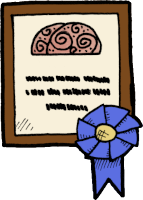
There is never enough of memory training and therefore there is the game Archive. As the name suggests, the detective returns to older cases and his task is to restore the crime scene from the black-and-white photograph. But did he add all the right objects there?
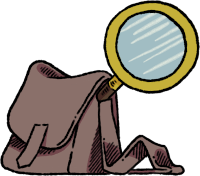
Excessive amount of information, also known as informational congestion, can cause attention disorders. The result can be worse school performance, but it has nothing to do with intellect. In Catch a thief, which focuses on attention training, the detective must gather the necessary amount of evidence to catch the criminal, but at the same time be careful about the pitfalls along the way. In individual difficulties, he alternates between different means of transport when collecting evidence, he even gets into the air.
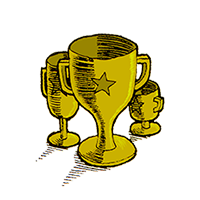
Given that Tablexia focuses on older children, in its development we put an emphasis on the feedback they receive while using the application. Another reason for including feedback is the individual differences in manifestation of dyslexia in different individuals. For this purpose, we included Statistics from which the players who play regularly for an extended period of time can find out in which areas they are good and which they should train some more. The players are motivated to play and practice more by a number of trophies they get for the individual games. Their collection can then be viewed in the Hall of Fame. After playing of each game, a scorecard is displayed, where the results are accompanied by encouraging evaluation.
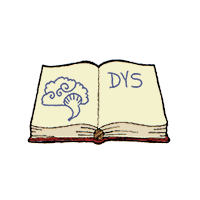
It happens that pupils with dyslexia do not know about their disorder, and that is why we have decided to offer them the Encyclopedia, created for Tablexia by PhDr. Lenka Krejčová, Ph.D. The Encyclopedia contains all the basic concepts associated with dyslexia. You can read about the various cognitive functions, which are weakened in people with dyslexia. This allows players to better understand why they should regularly use Tablexia. In addition, they can find out which celebrities have dyslexia. The text is supplemented with some useful advice on how to better learn and handle information. The entire Encyclopedia is voice-recorded.
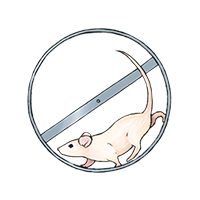
Since the beginning of the application development, we have tested it with children with dyslexia in secondary school, so we could optimize it specifically for their needs. We watched how they worked with the application, how difficult it was for them to control it and to play the individual games, and we have been gradually processing the information obtained. Based on the results of testing, we also adjusted the evaluation and the overall difficulty of the games. For allowing us to test Tablexia, we thank DYS-centrum Praha, the Integrál private elementary school for pupils with specific learning disabilities, the elementary schools Táborská and Dolní Břežany, the U Boroviček elementary school for children with SpLDs, the elementary school Prof. Matějčka in Most and the elementary school and kindergarten Máchovka in Děčín, the elementary school Vojnovičova in Ústí nad Labem, the elementary school Na Smetance, the elementary school Korunovační, Christian logopedic elementary school Don Bosco and Gymnasium Sázavská.
We will be happy to test Tablexia at your school, so don’t hesitate to contact us.
We don’t want to leave the children with just ten games. The aim of the application is to cover all cognitive functions, in which children with dyslexia may face difficulties. We plan to provide more than one game for each area in order to achieve comprehensive training. In the future, this provides the opportunity to connect more games with an interactive story, which would make the player feel more invested in the game.
The app is available for Android and iOS.
Tablexia as well as other projects in Labs CZ.NIC , is created as a comletely open source and under open licence GPL and Creative Commons. Tablexia is free to download.